World 🢖 North America 🢖 Caribbean 🢖 Cuba
Churches 🢔 Religious architecture 🢔 Architectural wonders 🢔 Categories of wonders
Wonder
Cathedral of Havana
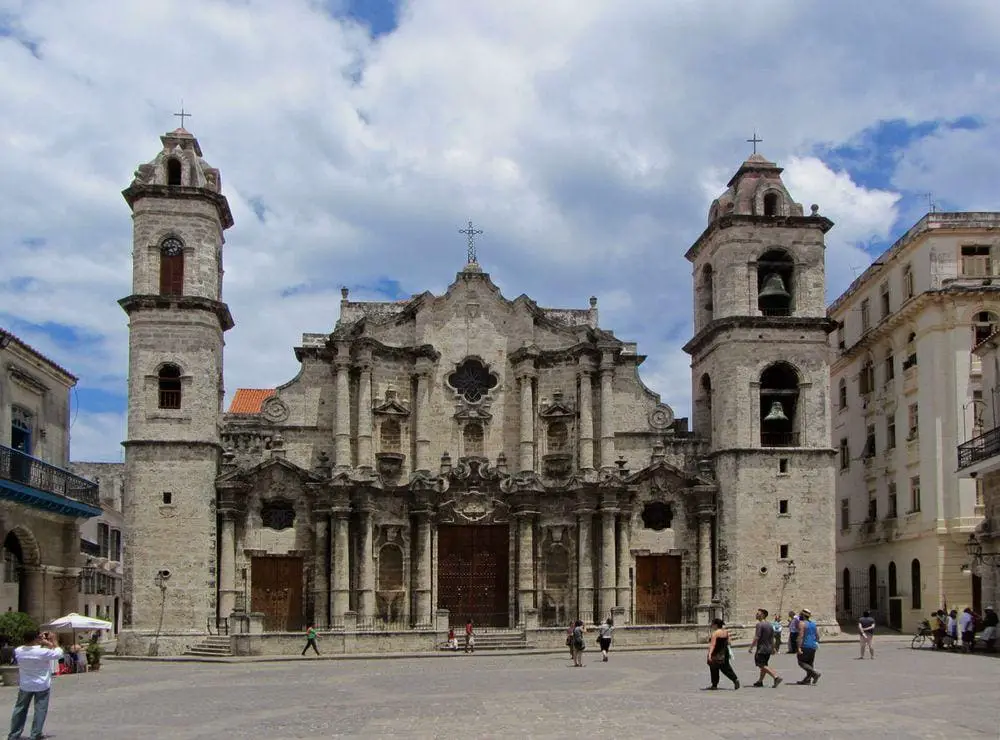
 In short
In short
One of the most prominent historical buildings in Cuba is Cathedral of Havana.
 43.8%
43.8%
GPS coordinates
Location, address
Name in Spanish
Full name in Spanish
Alternate names
Year of construction
Art style
Branch of Christianity
UNESCO World Heritage status
Map of the site
If you see this after your page is loaded completely, leafletJS files are missing.
 In detail
In detail
This ornate building is somewhat smaller than many other metropolitan cathedrals around the world – but there is a reason for it.
History
Swamp for Jesuits
The Society of Jesuits asked the city of Havan for a permit to build a church and convent already by the early 18th century or even earlier. Seems, their relations with the authorities in Havana were tense – for decades they did not have this permit.
Finally, in 1727 there was appropriated a site for their structures – a swamp.
In this swamp was gathered the runoff from the city and the site was not attractive at all.
Though, with the coming of Jesuits, the situation changed. By the late 18th century the former Plaza de La Ciénaga (Swamp Plaza) was flanked by city palaces of affluent people.
Construction works were started in 1748. Jesuits built the convent and collegium first, church was rising too.
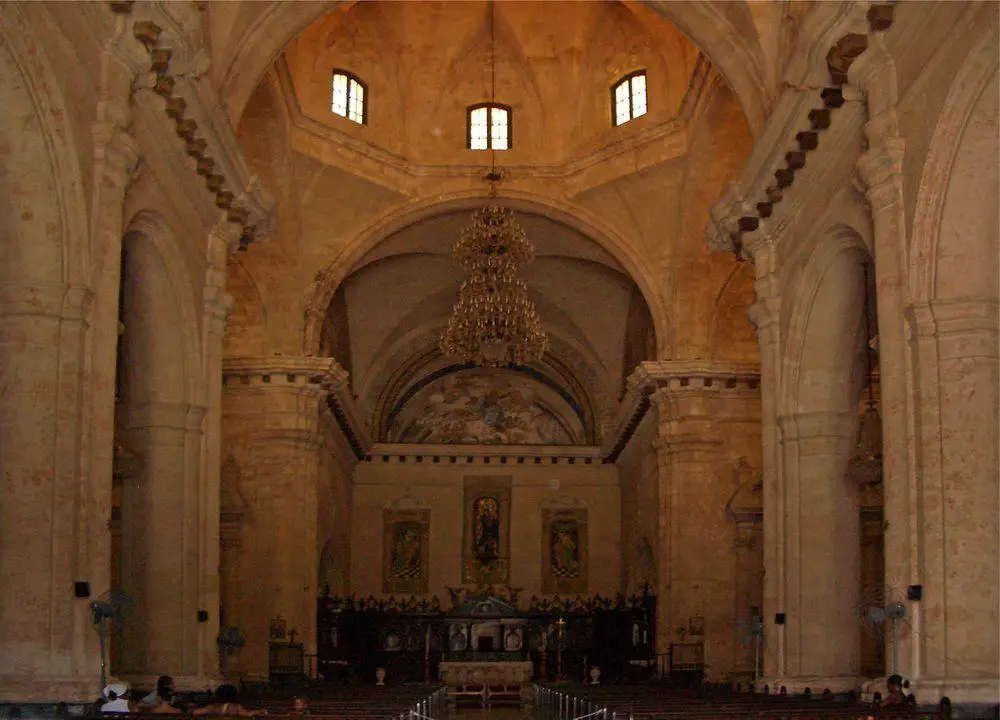
City Cathedral
In 1767 was started worldwide suppression of Jesuits. They were expelled from the New World as well – also from Cuba.
All the dreams and projects of these people were left unfinished – also the beautiful cathedral in Havana.
Now, when Jesuits were away, Havana needed their church. The existing churches in the city were in bad shape – thus it was decided to complete the Jesuit church. It was built in 1777 and consecrated as Havana Cathedral in 1789.
One important event happened in 1795 – as the French gained control over Hispaniola, the remains of Christopher Columbus were moved over from Santo Domingo to Havana Cathedral.
One century later, as Cuba became independent, in 1898 the remains of the great explorer were returned to Seville, Spain.
Architecture
Cuban Baroque
The taste of Jesuits was based on trendy Italian designs – thus their new church in Havana was designed in the Tuscany Baroque style. This is considered to be an outstanding example of Baroque in Cuba.
The undulating facade of the church is beautiful – it is not sumptuous like many other Baroque buildings, but charming, rich, and harmonious.
As the church was not intended to be a city cathedral, it is not too large – 34 by 36 m.
Facade of the church is asymmetric – this is very unusual to Baroque architecture. This was done to make a way for water that accumulated on the plaza.
The larger – the right bell tower is also somewhat taller. Legends tell that the bells in this tower have some gold and silver added, thus making their tone sweeter.
Interior
In comparison to the exterior, the interior of the cathedral is much simpler, even austere.
Before the 19th century it was ornate – but the church was "cleaned" of excess ornamentation in the refurbishment inspired by Neo-Classical style in the early 19th century.
Interior is sunny yellow, adorned with frescoes. The floor is made of white and black marble. Three naves are covered with wooden vaults.
Cathedral has eight chapels and several graves of locally famous people.
The sculptures in the cathedral were made by Italian master Bianchini, frescoes at the altar – by Italian painter Giuseppe Perovanni (copies of the paintings of Rubens and other frescoes by French painter Jean-Baptiste Vermay.
Valuable work of art is a wooden sculpture of Saint Christopher – the patron saint of Havana. This is the oldest item here – it is made in 1632 by Martín Andújar in Seville.
 Linked articles
Linked articles
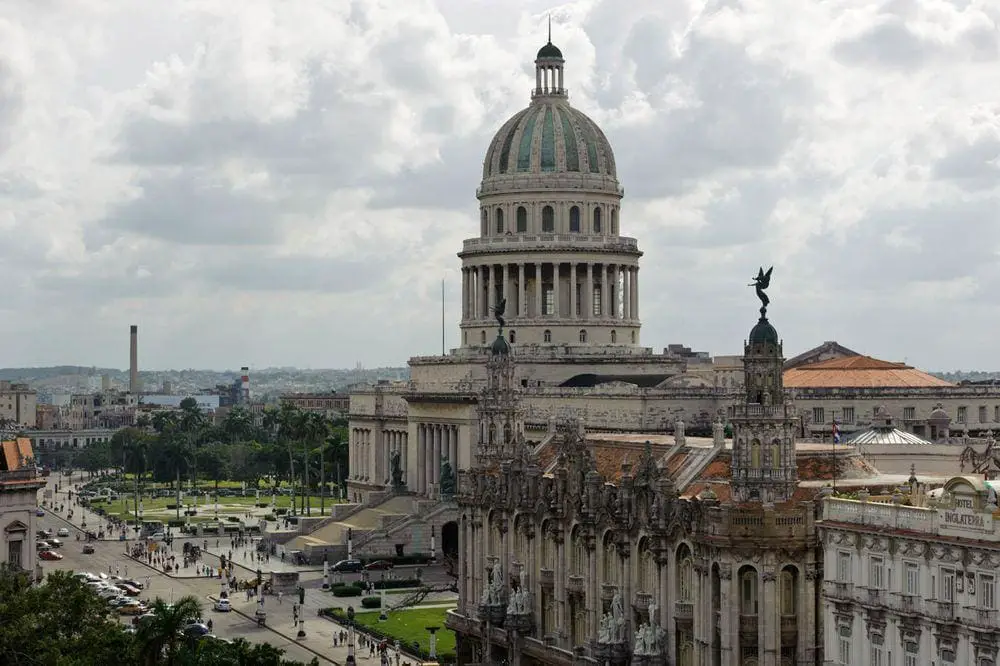
Wonders of Cuba
This largest island in the Caribbean offers many surprising landmarks. Cuba has pristine rainforest, giant caves, historic cities, and unusual petroglyphs. The highlights of this island country are – biodiversity values, magnificent caves, historical cities, and the magnificent city of Havana.
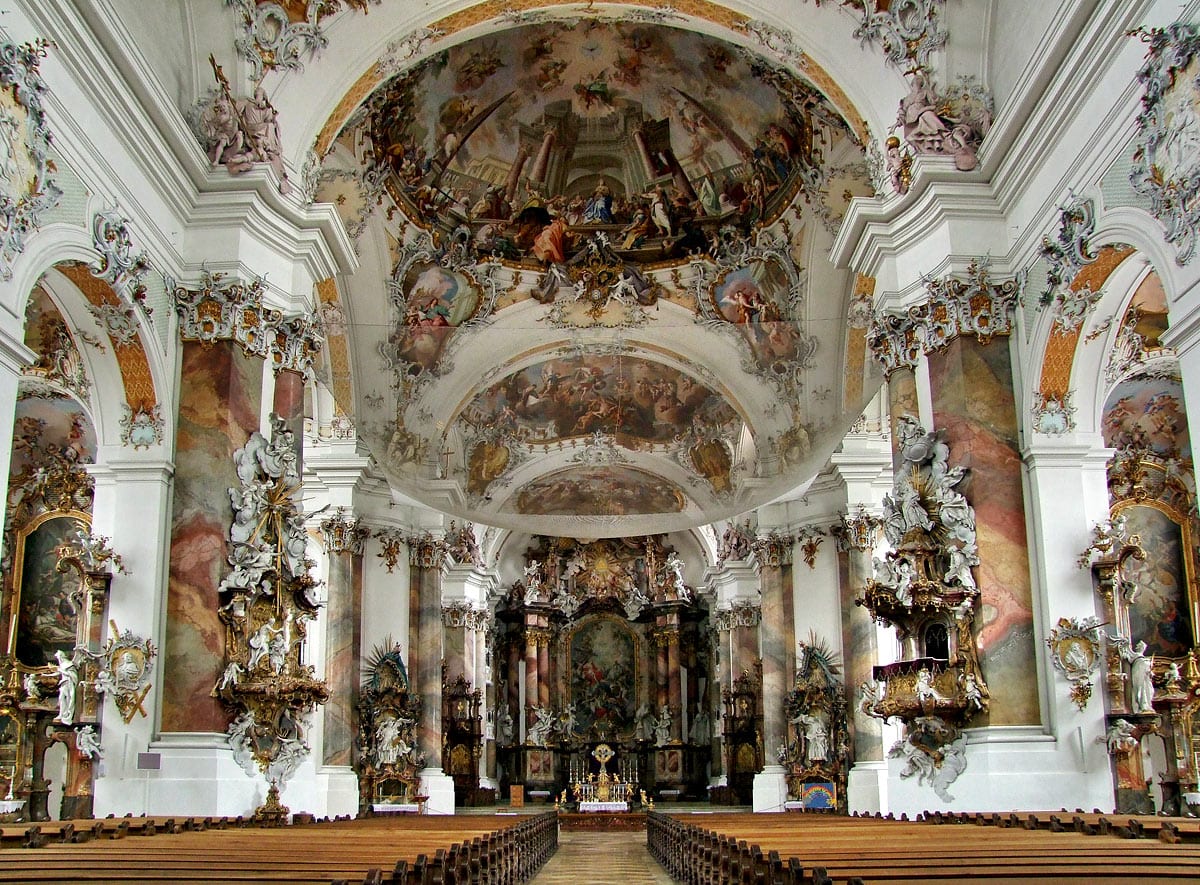
Churches
Throughout the millennia Christian churches have been the epitome of architecture and arts achievements in Western culture.
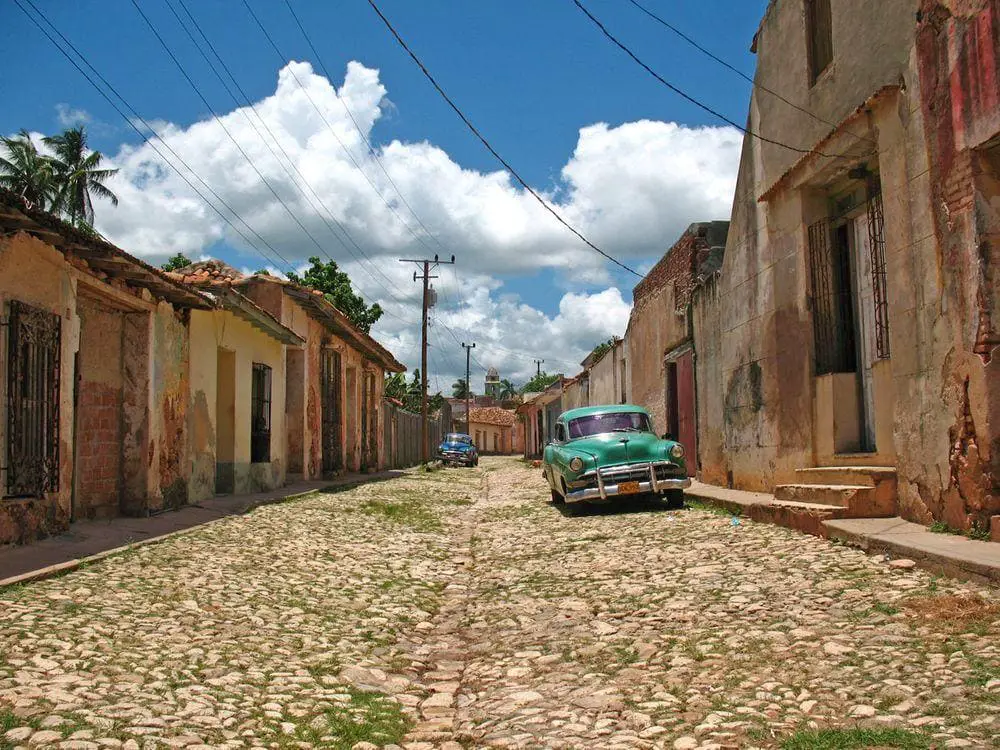
Wonders of Caribbean
The Caribbean is a unique group of islands. These islands are somewhat similar – tropical islands surrounded by the blue Caribbean sea. At the same time, they are very diverse – from enormous Cuba to minuscule Saba, from dry Bonaire to jungle-covered mountains of Trinidad, and from the flat Bahamas to mountainous Dominica.
 Recommended books
Recommended books
Old Havana / La Habana Vieja: Spirit of the Living City
Old Havana: Spirit of the Living City artistically captures the architecture, people, and daily life of La Habana Vieja (Old Havana) through the lenses of two visionary photographers and colleagues, one American and the other Cuban.
Havana: History and Architecture of a Romantic City
Havana, the legendary capital of Cuba, bears the traces of every stage of the island’s rich history, from its indigenous traditions to the introduction of European culture in the late fifteenth century to the development of the unique amalgam of these influences that is unmistakably Cuban.


